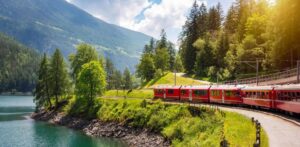© 2025 AffordableJourney. Built with care by our team. All rights reserved.
Walking Among Giants: How California’s Redwoods Changed My Perspective
By Elena Moretti
Standing beneath ancient trees and feeling truly small.
First Impressions: Entering the Realm of the Redwoods
The moment I stepped into California’s redwood forest, I felt as if I had entered another world — one suspended in time. Towering trees stretched endlessly toward the sky, their colossal trunks rising like ancient pillars supporting a natural cathedral ceiling of thick green leaves. The sheer scale was staggering. I was enveloped in an almost reverential silence, interrupted only by the occasional rustle of leaves or the soft chirp of a distant bird.
The redwoods are some of the oldest living organisms on Earth, with some individuals reaching heights of over 350 feet and ages exceeding 2,000 years. Standing beneath these giants, I could almost feel the weight of history pressing down around me. Their bark, fibrous and reddish-brown, bore scars of past wildfires and storms—a testament to resilience and survival.
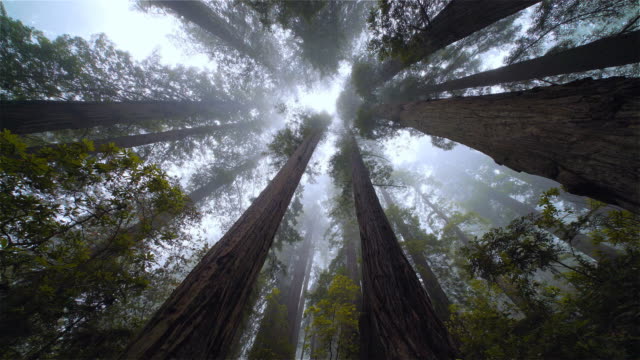
As I took my first steps on the forest floor, a carpet of soft needles cushioned each footfall. The air was cool and moist, perfumed with the earthy scent of moss and decomposing leaves—a fragrance that seemed to whisper ancient secrets. I immediately understood why so many travelers are drawn here: the redwoods offer not only breathtaking scenery but also a deep, almost spiritual connection to nature.
The Scale of Nature: Feeling Small in the Presence of Giants
One of the most humbling feelings I experienced was the overwhelming scale of these trees. Each trunk was wide enough to accommodate several people hugging it, and many were so tall that their tops disappeared into a misty canopy far above. I remember standing next to a particularly massive tree known as “The Mother of the Forest,” placing my hand against its bark and feeling a sense of awe that I struggled to put into words.
This sensation of smallness was not just physical. It was existential. These redwoods had lived through centuries of human history—centuries I had only just begun to experience. It made my own life feel brief, fragile, and precious all at once. In a world often dominated by speed and noise, standing beneath these giants brought a grounding perspective I desperately needed.
I realized that this feeling of humility was a gift—the forest was teaching me to accept my place in the grand scheme of things, to appreciate the vastness beyond my daily worries.

The Sounds and Smells of the Forest: A Multi-Sensory Experience
Walking through the redwoods is not just a visual feast—it’s a deeply sensory experience. The forest is alive with sounds both subtle and profound. I tuned into the soft whisper of leaves stirred by the wind, the distant call of a woodpecker tapping on bark, and the gentle trickle of a nearby stream weaving through the undergrowth.
Every breath brought the fresh scent of pine, cedar, and moist earth. The air was cooler here than in the surrounding valleys, with a dampness that preserved the smell of moss and lichen clinging to tree trunks and rocks. It was grounding, calming—almost therapeutic.
At times, the forest felt so quiet I could hear my own heartbeat echoing in my ears. At others, the chatter of squirrels or the flutter of a bird’s wings reminded me that life was abundant here, in all its forms.

This multi-sensory immersion invited me to slow down, breathe deeper, and fully inhabit the moment. It was an antidote to the rush of modern life—a reminder that nature’s rhythms can heal and restore.
Trails Less Traveled: Exploring the Hidden Corners
While the main trails in the redwood parks are popular and well-maintained, I sought out less traveled paths that promised solitude and discovery. Venturing off the beaten track, I found secluded groves where the light danced through leaves in kaleidoscopic patterns and fallen logs formed natural bridges over quiet creeks.
One such trail led me to the famous “Fern Canyon,” where walls covered in lush green ferns rose dramatically on either side, creating an almost primeval atmosphere. Walking through felt like stepping into a fairy tale—moist air, filtered light, and the soft splash of water everywhere.
These hidden corners revealed the redwoods’ complexity—not just massive trees but entire ecosystems of delicate plants, fungi, and wildlife thriving in perfect harmony.
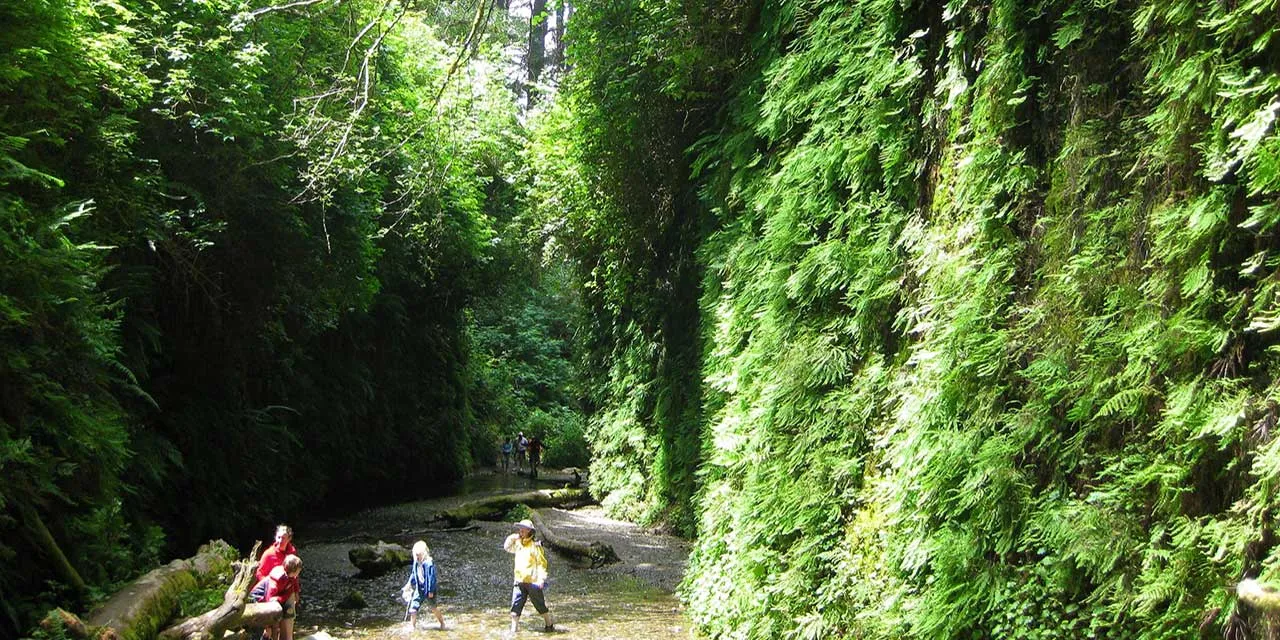
Reflections Beneath the Canopy: Lessons from the Redwoods
The redwoods taught me profound lessons about endurance and adaptability. Despite their immensity, these trees are incredibly resilient. Their thick bark protects them from forest fires, and their roots intertwine beneath the soil, sharing nutrients and supporting one another. In this way, they survive storms, droughts, and centuries of change.
I reflected on how these lessons apply to human life. Like the redwoods, we grow stronger when we support each other, adapt to challenges, and nurture our roots—our communities, values, and passions.
Their slow growth also reminded me of the value of patience. In a world obsessed with speed and instant gratification, the redwoods invite us to slow down, to grow steadily and with intention.

Connecting With the Land and Myself
Each day spent in the redwood forest deepened my connection to nature and to a quieter part of myself. Away from screens and schedules, I found space for reflection and mindfulness.
I took time to sit on fallen logs, journaling my thoughts while watching beams of sunlight pierce the canopy. I meditated on the resilience of the forest and how it mirrored my own journey of personal growth.
The forest was a living metaphor—ancient, patient, and steadfast. It reminded me to embrace stillness, to honor my roots, and to find strength in silence.

Seasonal Changes: Witnessing Nature’s Cycles
Visiting the redwoods in different seasons reveals distinct facets of their beauty. During the misty mornings of spring, delicate wildflowers bloom beneath the towering trees, and new leaves unfurl in vibrant shades of green.
In autumn, the forest floor is blanketed with fallen needles and mushrooms, and the crisp air carries the scent of wood smoke from nearby cabins. Winter brings quiet snowfalls that dust the canopy and silence the forest even more deeply.
Each season brings a fresh rhythm and mood to the forest, reminding me that change is constant, even in places that seem eternal.
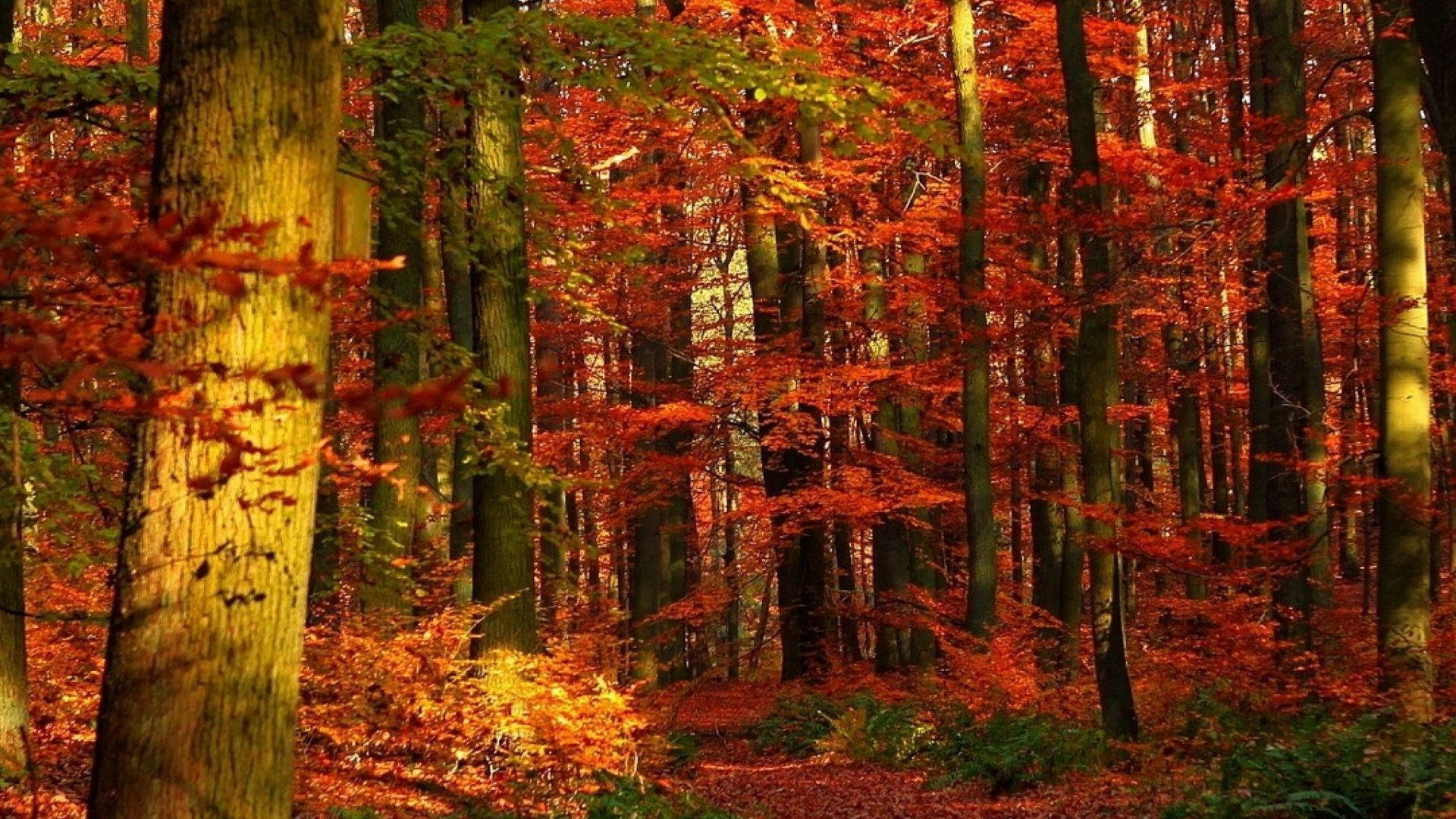
Wildlife Encounters: Meeting the Forest’s Residents
The redwood forest is home to diverse wildlife, some of which are elusive and others more visible. I was lucky enough to spot a family of banana slugs—bright yellow and slow-moving—as well as playful Douglas squirrels darting through the branches.
Birdsong filled the air, from the distinctive call of the Steller’s jay to the high-pitched whistles of warblers. At dusk, I heard the haunting hoot of an owl, a sound that added to the forest’s mystery.
Observing these creatures deepened my appreciation for the interconnectedness of life here. Each species plays a vital role in sustaining the ecosystem, just as every tree and plant contributes to the forest’s grandeur.

Nightfall in the Redwoods: A Different World
Experiencing the redwoods at night is transformative. Without the sun’s light, the forest feels otherworldly. Stars peek through the canopy gaps, and the silence is profound.
Campfires crackled softly in designated camping areas, and the occasional howl of a coyote reminded me that the wildness of the forest doesn’t sleep. Lying in my tent, I felt a mixture of vulnerability and awe—protected by my gear but immersed in the ancient rhythms of the night.
Night hikes (with proper guidance and safety) reveal nocturnal creatures and the magic of bioluminescent fungi glowing faintly in the dark.

Practical Tips for Visiting the Redwoods
For anyone inspired to visit, here are a few practical tips I gathered:
Timing: Spring through early fall offers the best weather and accessibility. Winter visits require more preparation for cold and rain.
Gear: Waterproof hiking boots, layered clothing, and a good rain jacket are essentials due to frequent mist and rain.
Respect the Forest: Stick to marked trails to protect fragile ecosystems. Avoid disturbing wildlife or picking plants.
Stay Hydrated and Fueled: Carry enough water and snacks. Some trails are long and remote.
Photography: Early morning and late afternoon provide soft, golden light perfect for photos.
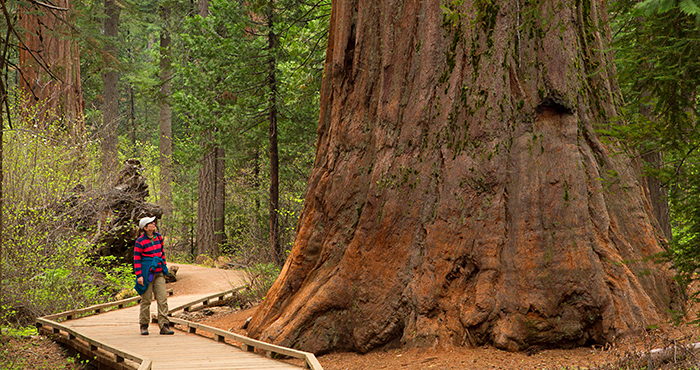
Carrying the Redwoods’ Wisdom Forward
As my time among the redwoods came to an end, I felt transformed. The forest had offered me more than scenic beauty; it gave me a new perspective on patience, resilience, humility, and interconnectedness.
Walking among giants taught me to stand taller in my own life, to be grounded in my roots, and to grow steadily despite storms. It reminded me to slow down and listen—to the world around me and to my own heart.
The redwoods will forever be a symbol of strength and serenity in my life, a place where I learned to embrace both my smallness and my power.

